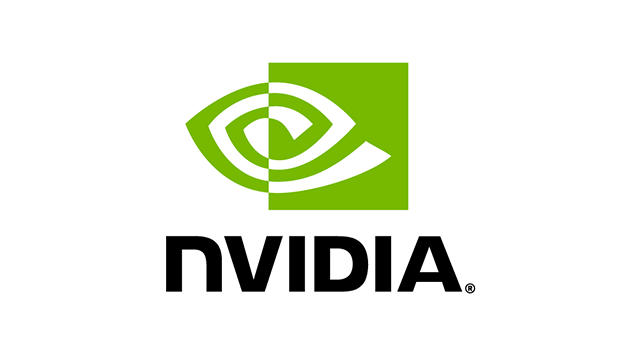Nvidia Corporation, an American technology company based in Santa Clara, California, is a leader in the design and manufacture of graphics processing units (GPUs) and a range of related software and services. Founded in 1993 by Jensen Huang, Chris Malachowsky, and Curtis Priem, Nvidia has transformed from a small startup into a major player in both the gaming and professional markets, particularly known for its innovation in computer graphics, artificial intelligence (AI), and parallel computing technologies.
Founding and Early Years
Nvidia’s journey began with a focus on developing a chip that could accelerate 3D graphics, which led to the creation of the GPU—a term Nvidia coined in 1999. This innovation allowed for complex calculations that made real-time, high-quality 3D graphics possible. Nvidia’s early products catered primarily to gamers but soon expanded to professional markets, including design, visualization, and scientific computing.
Breakthrough Products and Technologies
One of Nvidia’s significant breakthroughs came with the launch of its GeForce series in 1999. These GPUs were designed to provide gamers with high-quality rendering capabilities, which became a cornerstone for Nvidia’s success in the consumer market. Over the years, Nvidia has introduced various iterations and technologies within the GeForce lineup, including the Turing and more recent Ampere architectures, which have continued to push the boundaries of what’s possible in graphics processing.
Contribution to AI and Deep Learning
In addition to its achievements in graphics, Nvidia has played a pivotal role in the development of AI and deep learning. The company’s CUDA platform—an API model that allows the use of Nvidia GPUs for parallel processing—has been crucial. By enabling the GPUs to perform complex calculations faster, CUDA has powered major advancements in AI, including deep learning, neural networks, and machine learning applications across various industries from automotive to healthcare.
Expanding Horizons: Beyond Graphics
Nvidia has diversified its offerings to include the Nvidia SHIELD gaming console, cloud gaming services, and automotive solutions, particularly in self-driving car technology. Nvidia’s DRIVE platform combines AI and visual processing to empower automotive manufacturers to create autonomous vehicles.
The Future: AI, Data Centers, and More
Looking ahead, Nvidia continues to invest heavily in AI, aiming to lead in AI computing with its advanced GPUs and AI platforms. The company’s recent acquisitions, such as the purchase of Mellanox Technologies, signify a strategic expansion into data centers and cloud computing. Furthermore, Nvidia’s interest in acquiring ARM Holdings, although ultimately unsuccessful, indicates its intention to integrate its technology into a broader range of devices and platforms.
Conclusion
Nvidia’s impact on technology stretches far beyond its roots in gaming. It has become a critical component in the advancement of AI, playing a vital role in shaping the future of multiple industries. As we move towards an increasingly digital and AI-driven world, Nvidia’s innovations are set to play a key role in defining the technological landscape of the future.
